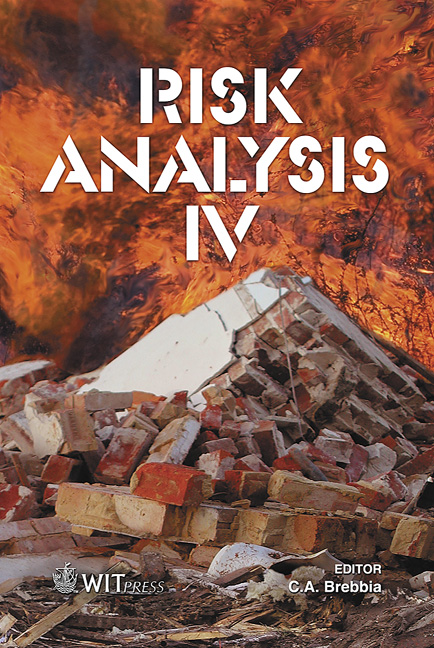Determination Of Maximal Ship Safe Conditions For Entrance To The Ports
Price
Free (open access)
Transaction
Volume
77
Pages
9
Published
2004
Size
770 kb
Paper DOI
10.2495/RISK040381
Copyright
WIT Press
Author(s)
S. Gucma
Abstract
The paper presents the results of model experiments focused on the determination of the dependence between ships’ swept path width and the breadth and length of ships. These dependencies allow for the determination of safety conditions of the entrance of maximum-size ships. The model research was conducted for ships entering the port of Swinoujscie. Keywords: risk of ship maneuvering, maximal ship, safety of ship entrance, grounding probability. 1 Introduction The vessel can safely navigate only in such an area where each point satisfies the depth requirement. If this is the case, the area is referred to as the navigable area. The vessel carrying out a manoeuvre in a navigable area sweeps a certain area determined by the subsequent positions of the vessel. The parameters of that area have a random character and depend on a number of various factors. The area calculated at a certain level of confidence is called a safe manoeuvring area [1]. In waterways of various types the basic linear parameter of those areas critical for the manoeuvring navigational safety is the breadth. Therefore, for fairways and harbour entrances the navigational safety condition can be transformed to this form: s ijkm m d t D ≥ ) ( (1.1) where: Dm(t) − breadth of the navigable area at the m-th point of the fairway at the moment t, for which the safe depth condition is satisfied: h(x, y, t) ≥ T(x, y, t) + ∆ (x, y, t);
Keywords
risk of ship maneuvering, maximal ship, safety of ship entrance, grounding probability.





